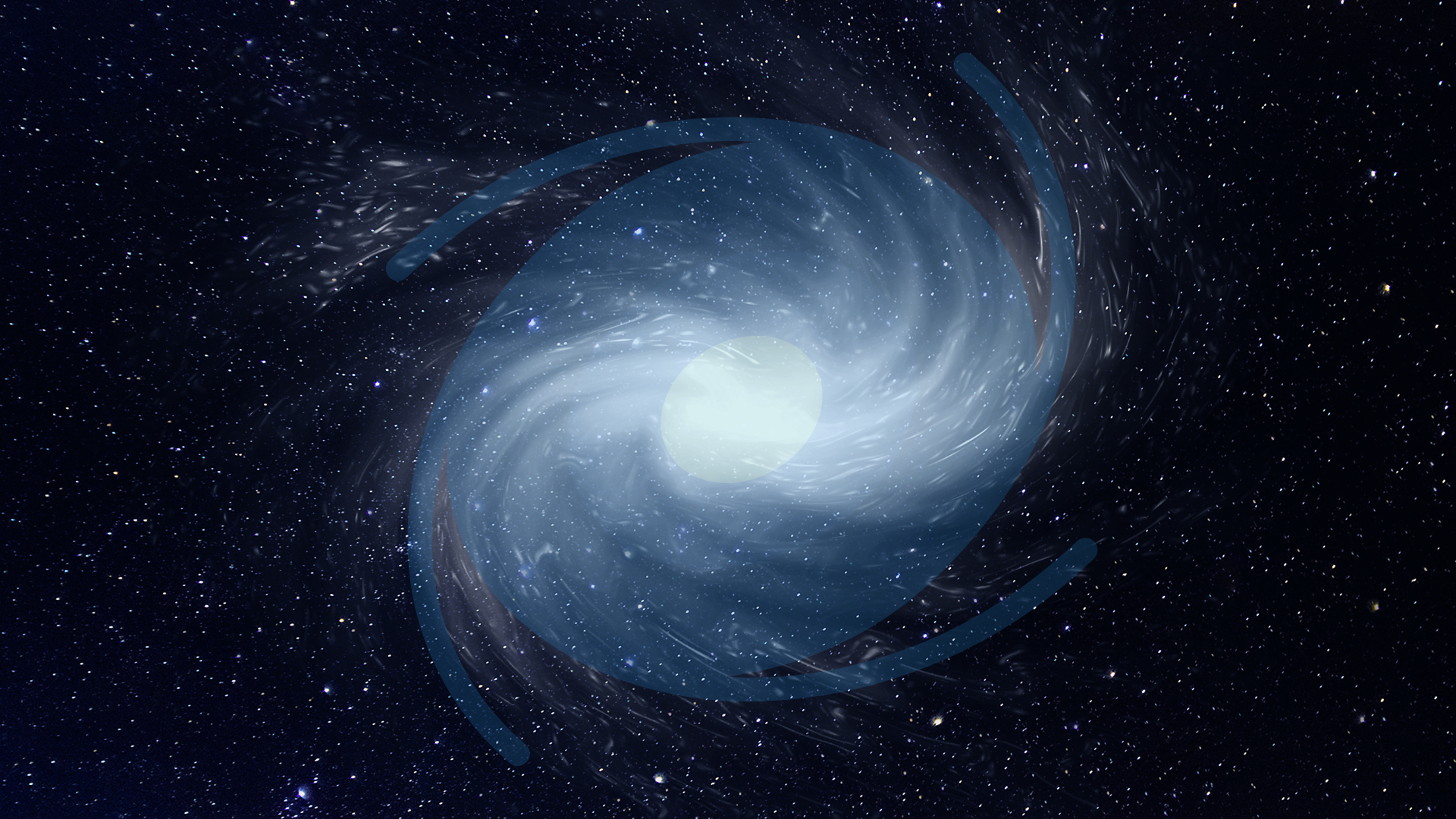Exploring the center of the Milky Way

What is at the center of the milky way? A supermassive black hole called “Sagittarius A”.
Astronomers think there are supermassive black holes at the center of nearly all galaxies. Sagittarius A, in particular, is located in the constellation of Sagittarius. It is a black hole that is about 4 million times the size of our Sun.
Black holes are hard to observe because they don’t let anything escape, including light. The only way to find black holes is to look at how they affect other objects around them. Scientists know Sagittarius A is a black hole because its effect on nearby stars can be seen; just like for the detection of any other celestial bodies.
The center of a galaxy is really really bright. Have you ever wondered why? The density; a lot of stars are packed into this area. The Galactic Bulge contains millions more stars per cubic parsec than any other part of the galaxy. Stars in this region are as narrow as just 5 light-days apart.
What’s the latest?
Recently, Astronomers have measured the position and velocity of four stars that are close to Sagittarius A* (Sgr A), the supermassive black hole that resides at the center of the Milky Way with greater accuracy than ever before. These stars, designated S2, S29, S38, and S55, were discovered to move along pathways that indicate that the Milky Way’s center mass is nearly exclusively a result of the Sgr A black hole, with very little room remaining for anything else. Source
In conducting this study, the research team made use of numerous state-of-the-art astronomical facilities. They employed spectroscopy from the Gemini Near Infrared Spectrograph (GNIRS) at Gemini North close to the summit of Maunakea in Hawaii to calculate the velocities of the stars.
The Gemini observatories are expected to continue to deliver new insight into the nature of our galaxy and the enormous black hole at its center.
Do all galaxies have a black hole at the center?
There is a common misconception among people that a galaxy necessarily revolves around a supermassive black hole. But that is not the case. The misconception is that a galaxy has a central point of mass called a black hole. The mass in such a point is enormous but it doesn’t have anything to do with the focal point of the galaxy.
Black holes are believed to exist at the center of most galaxies including our Milky Way. Now, this has room for opinions. There is a big debate among people about the two options: most or all. Some people think that our galaxy is one of those which revolves around a supermassive black hole. They believe that it is always the central point of a galaxy that has the highest concentration of mass in the form of stars and galaxies.
At the same time, many people also claim that a galaxy does not necessarily revolve around a supermassive black hole. Read more
Others, on the other hand, thought that even our galaxy does not revolve around a supermassive black hole. They thought that this black hole is just one among other components in milky way. It is not an exceptional thing like some mass at the center of a galaxy making it unique. However, it has been all but ruled out with captured images of Sagittarius in recent times.
Recommended Read: Is Earth the center of the universe?
“Sagittarius Dark matter” theories
The orbital velocities in the galaxy’s outer regions and the observed orbits of the galactic center may actually be simpler to understand if there is a core of the dark matter at the galaxy’s center rather than a black hole, according to a theory put forth in 2021 by a group of researchers at the International Center for Relativistic Astrophysics.
Dark matter is a sort of matter that cannot be seen by eyes or telescopes. Dark matter is thought to make up most of the mass in the universe. Black holes are also thought to reside at the center of most galaxies including the Milky Way. Dark matter and black holes are two major components making up galaxies. But a group of scientists strongly believe that black holes may not actually exist at the center of a galaxy in all galaxies.
If you haven’t read about Sagittarius A for a while, then you should read this article once again: Sagittarius Images Captured
We don’t know if all galaxies have a supermassive black hole or not but let’s give it a try without doing any research, shall we? Room for opinions

